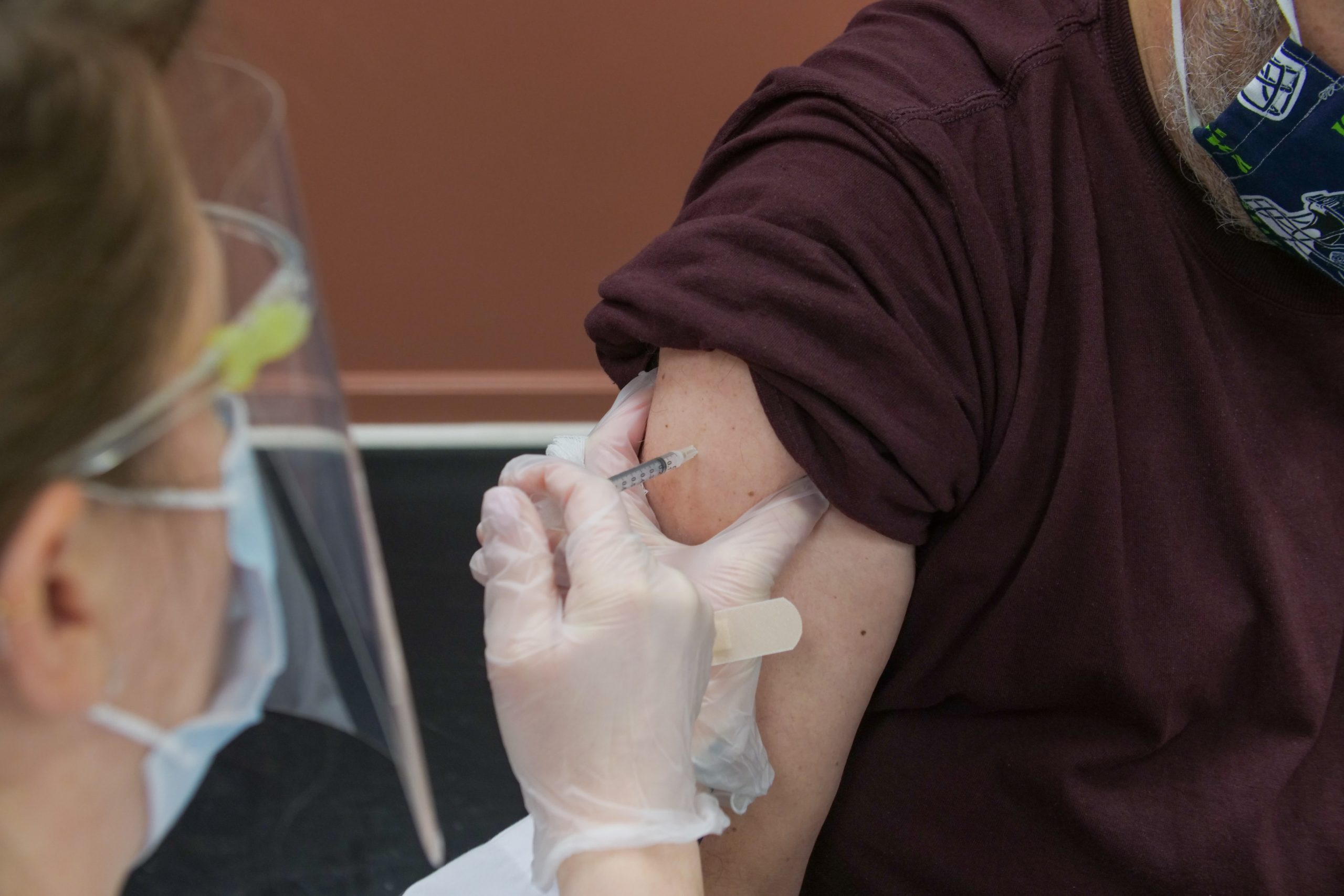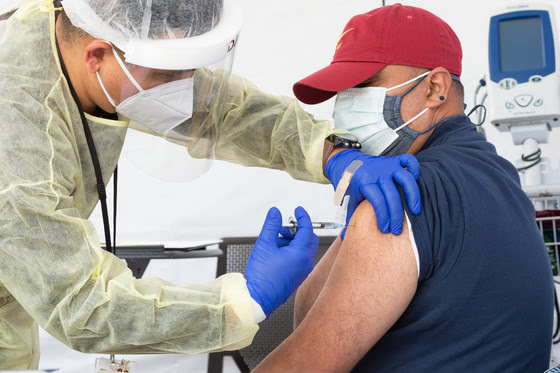The Los Angeles County Department of Public Health has identified one case of the South African variant, B.1.351, and three cases of the Brazilian P.1 variant, both variants of concern, officials said Wednesday.
“The CDC has classified the South Africa and Brazil variants as variants of concern, because they’re potentially associated with increased transmissibility and reduced,” L.A. County, Public Health Director Barbara Ferrer explained.
Although these are the first reported cases of the South African and Brazilian variants in the county, Ferrer said it is likely there are additional undetected and undiagnosed cases.
Among 70 specimens analyzed at the Public Health Laboratory this past week, 64% of the specimens analyzed were the U.K. variant, B.1.1.7, and 20% were the California variant identified as B.1.427 or 429. This means 84% of the variants identified this past week are variants of concern troubling officials about the probability of increased transmissibility and more severe disease just as more restrictions are lifted.
“As a reminder, while the specimen sequence are not randomly selected, increases in the percent of variants identified most probably correlates with increased circulation of the known variance,” Ferrer said.
Three cases of the New York variant were also detected this week, which is a variant of interest. There were no cases of the Brazilian P.2 variant identified this week.
While all key metrics indicate less community transmission, the rate of decrease is slowing for hospitalizations and cases and the region’s adjusted case rate remained at 3.1 new cases per 100,000 for the second week in a row.
“This reflects that while our case numbers remain relatively low, we are not continuing to see the significant decline in the number of new cases,” Ferrer explained. “Cases are not going down anymore. We’ve kind of plateaued.”
In February, the daily number of cases dropped 82%. In March, that number continued to decrease, but dropped only 42%. There is a similar slowing for hospitalizations, as well. In February, the number of daily hospitalizations dropped 70% followed by a 57% drop in March.
The average number of daily deaths dropped 63% in February. Then in March, average daily deaths decreased by 86%. According to Public Health, this indicates deaths continue to decline from the highs seen in January and February.
“I want to express how grateful I am to our residents and businesses for following the safety measures. We are now more than three weeks out from when we moved to the red tier, and we have not yet seen any increases in our case rates, test positivity rate, or hospitalizations,” said Ferrer. “This is only possible because of our collective commitment to each other. Please continue keeping yourself, your friends, and your families safe. With the majority of variants identified in Los Angeles County being variants of concern, it is even more important that we take all precautions during our re-openings to limit increases in community transmission. Wear a mask, distance when around other in public, wash your hands, and make an appointment to get vaccinated when you are eligible.”
Gaps in daily case numbers also continue to close among different races and ethnicities and those living in lower resourced areas. The daily case rate for white residents is 50 cases a day per 100,000 people. For Black/African American residents, the rate is 52 cases per 100,000 people. And for Latino/Latinx residents, the rate is 56 cases per 100,000 people. Asian residents have the lowest case rate at 24 cases per 100,000 people.
Unfortunately, while rates of death by race and ethnicity are declining for all groups, the Latinx community continues to see the most loss. When the surge began in early November, the average number of Latinx residents who passed away each day was 3.4 deaths per 100,000 people and then sharply increased to 59 deaths per 100,000 people in mid-January. As of March 26, the mortality rate among Latinx residents declined to four deaths per 100,000 people, yet still remains two and half times more than the mortality rate for white residents and higher than the mortality rate for all other groups.
Since mid-January, the mortality rate among Black residents decreased from nearly 29 deaths per 100,000 Black residents to less than 2 deaths per 100,000 Black residents. Deaths among Asian residents have declined since the peak from 26 deaths per 100,000 Asian residents to 1.5 deaths per 100,000 Asian residents in late March.
As of March 26, the mortality rate among residents in the lowest resourced areas is down significantly to just 4.5 daily deaths per 100,000 people but is still three times higher than the mortality rate for people living the highest resourced areas, which has dropped to 1.5 daily deaths per 100,000 people.
Gaps in vaccination rates also persist by race and ethnicity for residents 65 and older, but since February, Black residents 65 and older have seen the largest increase in vaccination rates at 145%. The county is also seeing large increases in the vaccination rate for Latinx residents, which increased by 114% from Feb. 9 to April 2. Over this time period, the rate for American Indian/Alaska Native increased by nearly 110%.







